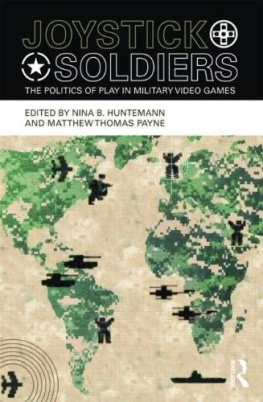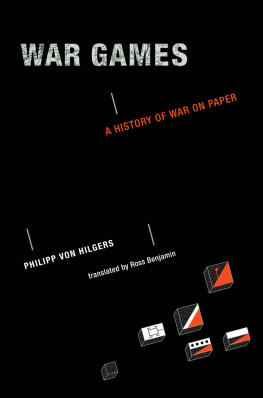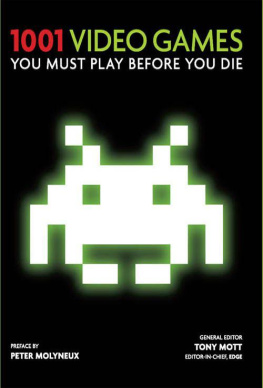Copyright 2013 by Corey Mead
All rights reserved
For information about permission to reproduce selections from this book, write to Permissions, Houghton Mifflin Harcourt Publishing Company, 215 Park Avenue South, New York, New York 10003.
www.hmhbooks.com
Library of Congress Cataloging-in-Publication Data is available.
ISBN 978-0-544-03156-2
e ISBN 978-0-544-03201-9
v1.0913
To Laura, Caleb, and my family
Introduction
O NE JUNE DAY , I visited a brick-and-concrete warehouse on a dead-end street of squat buildings in Playa Vista, California. The outer part of the warehouse housed a suite of glass-fronted offices, while the main room was strewn with sandbags, corrugated metal, piles of fake rubble, and twisted rebar. Placed throughout this room were strategic groupings of digital flats, large rear-projection screens that employ digital graphics to depict particular settings and geographic locations. The warehouse, a former television studio, was owned by the Institute for Creative Technologies (ICT), a joint venture between the military and the University of Southern California. Funded by the army to the tune of hundreds of millions of dollars, the ICTs declared mission is to build a partnership among the entertainment industry, Army, and academia with the goal of creating synthetic experiences so compelling that participants react as if they are real. As the ICTs executive director, Dr. Randall Hill, said to me, One way of seeing our mission, one way we view it, is that were trying to forge leaders and revolutionize learningin general, not just in the military. Its really about how you use digital interactive media, forms of media, to aid the learning process.
The main room of the warehouse in which I stood contained FlatWorld, one of the ICTs earliest projects, described as a mixed reality environment where users interact with both the physical and virtual worlds seamlessly. FlatWorld was conceived of and designed by video game designers, special effects artists, research scientists, and Pentagon personnel working together to create the army version of Star Treks fictional holodeck, a simulated-reality facility that mimics the environments of alien planets. The militarys goal in creating this type of fully immersive domain was to give soldiers the most accurate training environment possible outside of live field exercises.
As I walked through FlatWorld, Jarrell Pair, my guide, led me through a door into a tiny room fronted by a large digital screen. Onto the screen (the flat) was projected the computer-animated version of a deserted city street lined with squat gray residential buildings, a white mosque with two minarets, telephone wire, and palm trees. A Middle Eastern carpet covered the floor of the room, with pieces of concrete and wrecked furniture heaped in one corner. Broken ceiling panels hung overhead. After instructing me to put on a pair of polarized 3-D glasses, Pair began pressing buttons on a small controller pad. Suddenly, in the open wooden doorway to my right, there appeared a life-size, computer-generated army officer yelling at me that the enemy was approaching. Just then a computer-animated helicopter roared in overhead and began strafing the street, as insurgents and U.S. soldiers appeared along the road, each group firing at the other. One insurgent popped up in the open doorway where the American officer had been. He pointed his machine gun in my direction and started firing, and the wall to my left began sending out virtual clouds of plaster dust, which cleared to reveal pockmarks where the bullets had lodged. The ground in the room began to shake, and the volume of the helicopter overhead and the gunfire in the street increased to the point of near discomfort. A little boy ran into the street and shouted, U.S.A.! Over here! Pair pressed another button and a tank rounded the corner at the end of the street, then headed straight toward me. As it bore down, the combination of the noise, the rumbling ground, and the tank cannon pointing at my face stirred genuine anxiety in me. The anxiety built for several seconds until, at the moment when the tank appeared about to run me over, Pair pressed another series of buttons and the room returned to its original stateno tank, no insurgents, no U.S. soldiers, no helicopter, no noise, no rumbling ground, just a panel projecting the digital image of a now empty city street.
which are used to teach everything from battlefield operations to cultural interaction to language skills to weapons handling. Though the specifics vary, today every armed forces service member engages in some form of virtual learning. Helping troops protect themselves or gain the advantage against the endlessly mutating insurgencies that mark todays wars requires a constant shifting of strategies and tactics and the kinds of rapid adjustments in scenarios that print-based manuals, which are updated every six months at the most, cant keep up with. Video games, in contrast, allow for near-instantaneous user modification, meaning that soldiers in the field can, on a daily basis, input the enemys latest fighting tactics, so that troops who are stateside can keep their training up-to-date. As one Marine officer said to me, events in military gaming are moving at the speed of war. The militarys use of video games also extends beyond the battlefield: games are used to treat soldiers suffering from post-traumatic stress disorder, and they aid veterans who are reintegrating into civil society.
The militarys desire to harness game technologies stems in part from the realization that its traditional approach to learning, and to the role of soldiers, often no longer applies. Standardization and functionality, the longstanding military paradigms for instruction, dont always fit the problems of Americas new hybrid wars. The reality is that soldiers are themselves now a form of information technology, responsible for a far broader range of roles, decisions, and systems-based interactions than in any previous conflict. This is the extension of a process that began during World War II, when the military emphasis on selection, classification, and human factors training came to the fore. military psychologists argued that the human- machine system, not just the machine itself, was the fundamental military unit, a claim supported by many military leaders. In the intervening years, this view has only become more prominent. Today soldiers skills are measured largely in relation to the technological systems the soldiers will be using.
To a sizable extent, the military is turning to gaming for scenarios that involve new and unexpected roles for soldiers as well as the mental and physical side effects of multiple deployments. Take the rise of nontraditional soldier roles: soldiers today use games to learn skills such as cultural negotiation, because in our post-9/11 wars they must deal with disputes between tribal elders or with the complexities of building a police force. In past wars, when issues related to civil affairs arose, the government farmed them out to other agencies, but those duties are now increasingly under the Pentagons control. This, then, is part of why the military now relies so heavily on gaming: it helps to plug the holes, to address the issues that previous military instruction wasnt set up to address.
The hype over video games extends far beyond the military, of course. These games suffuse our popular culture and the lives of our young people, generating more yearly profits than the movie and music industries combined. And though video games have long been criticized as being harmful to kids, even mainstream educators and administrators across the country are beginning to follow the militarys lead and treat games as potentially revolutionary educational tools. Edward O. Wilson, professor emeritus at Harvard, caused a stir by declaring, Games are the future of learning. President Obama, meanwhile, has identified the creation of good educational software as one of the grand challenges for American innovation. (To meet this challenge, the Obama administration created the Advanced Research Projects Agency for Education, which has as a major goal the creation of educational software as compelling as the best video game.) For many years, a rapidly expanding serious games movement has been pushing the use of video games as teaching tools in schools and workplaces.
Next page
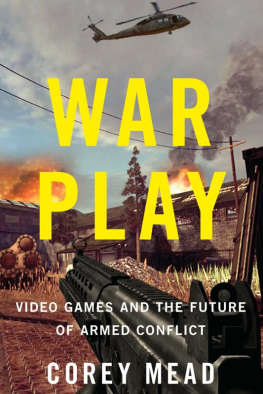


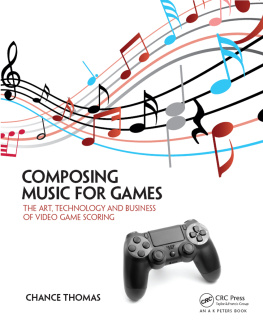
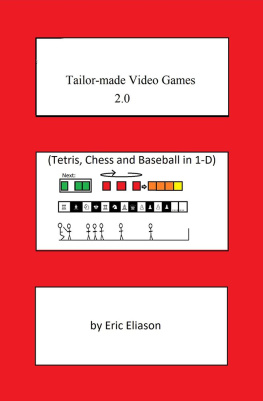



![Mark J. P. Wolf (editor) - Encyclopedia of Video Games: The Culture, Technology, and Art of Gaming [3 volumes]](/uploads/posts/book/279290/thumbs/mark-j-p-wolf-editor-encyclopedia-of-video.jpg)

